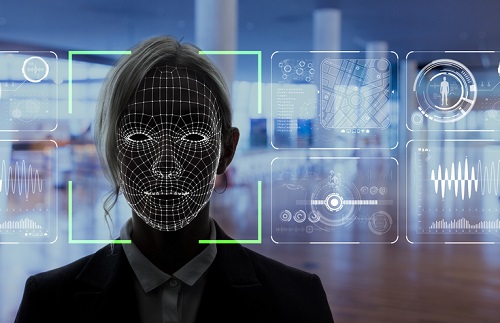
Facial recognition cameras inside classrooms and school grounds is a controversial concept, but one that is being increasingly adopted by schools all over the world.
Hangzhou Number 11 High School in China recently installed facial recognition technology to monitor how attentive students are in class.
Under the school’s “smart eye” program, students’ every movement is monitored by three cameras above the blackboard.
And last week, a Seattle-based digital software company, RealNetworks, began offering a free version of its facial recognition system throughout the US where similar technology is already being used in high schools in Magnolia, Arkansas, and St. Louis.
Schools in the UK are also beginning to use this facial recognition technology to keep tabs on their students. The City of Ely Community College, near Cambridge, is using it to take the register in the morning; instead of doing a roll call, students check in using their face.
In Australia, this topic is markedly taboo, with some saying that any move to install biometric technology in schools would breach the nation’s privacy laws.
“Which data protection statute, and which privacy principles, apply to a school varies depending on the system that it's part of,” Roger Clarke, a board member at the Australian Privacy Foundation (APF), told The Educator.
“Generally, however, a school must justify the collection of personal data, and sensitive personal data requires considerably stronger justification – but we’re yet to see any such justification and hence we believe that any school that requires biometrics is in breach of the law.”
However, some Australian schools have been using this technology for practical purposes.
In Western Australia, schools such as Byford Secondary College and Atwell College, have been using biometrics to monitor student attendance since 2014.
In 2016, Churchlands Senior High School, located in Perth, rolled out biometric finger scanning on its students for library book withdrawals.
The school’s library teacher, Sally Morris, said that installing the technology has been “a win-win situation” for the busy school.
“We have a large percentage of students who read print for both leisure and information and this, coupled with the other services we provided, meant we had to be smarter with the workloads of our staff,” she told The Educator.
“More importantly, we wanted to be accountable for making sure the right resources – laptops included – were on the correct student borrowing record.”
Related stories:
Should schools be using biometric technology?
Where is the line when it comes to student privacy?


